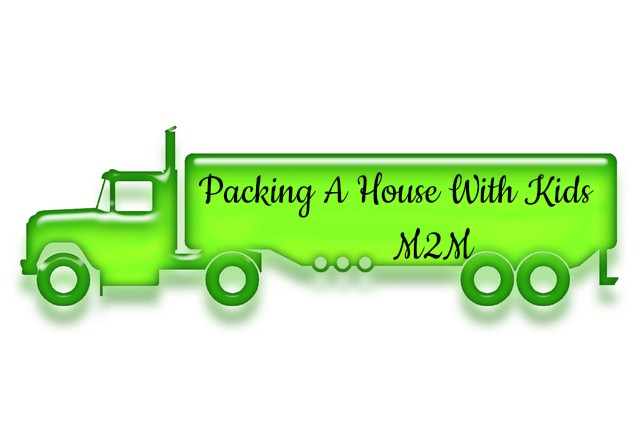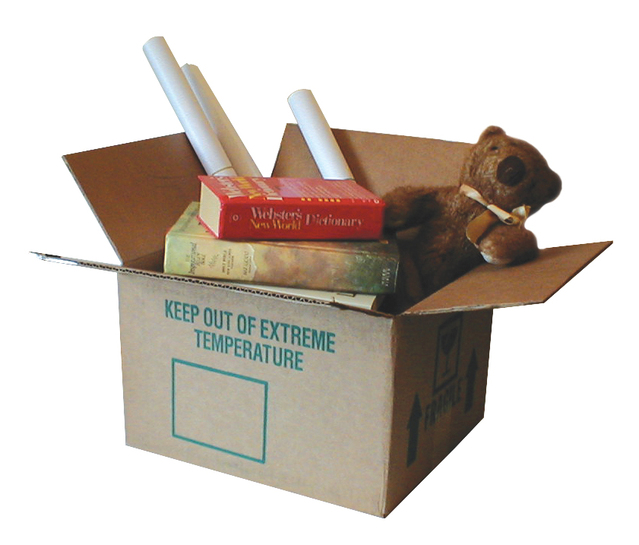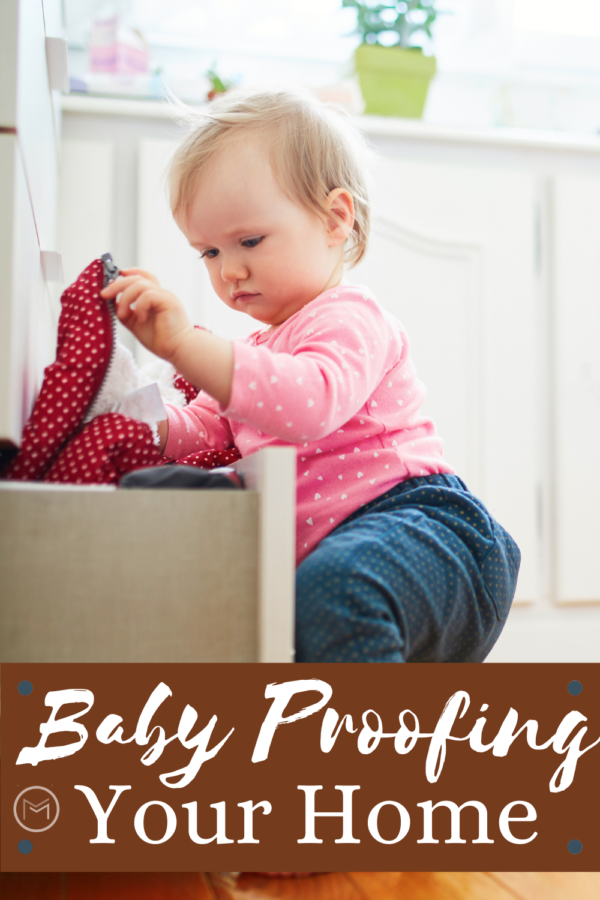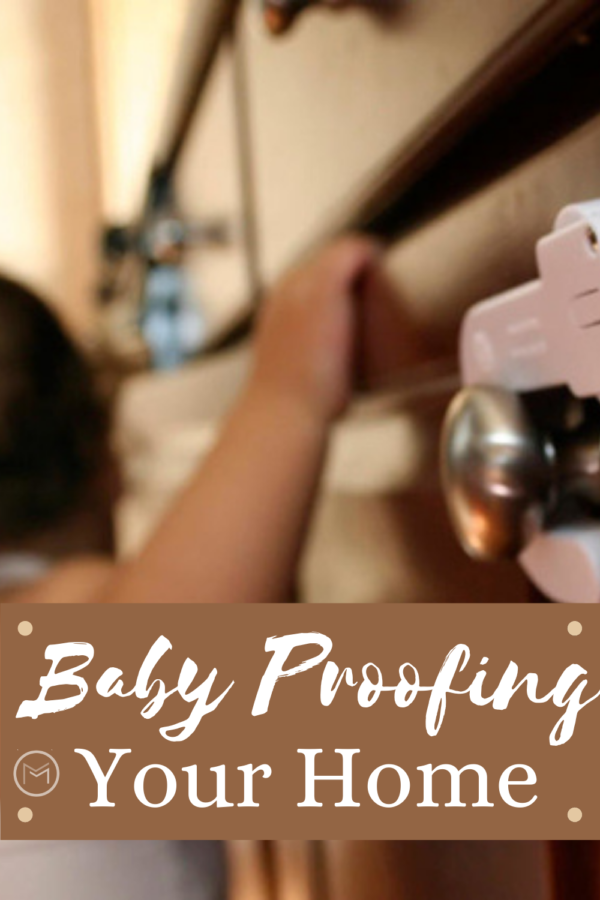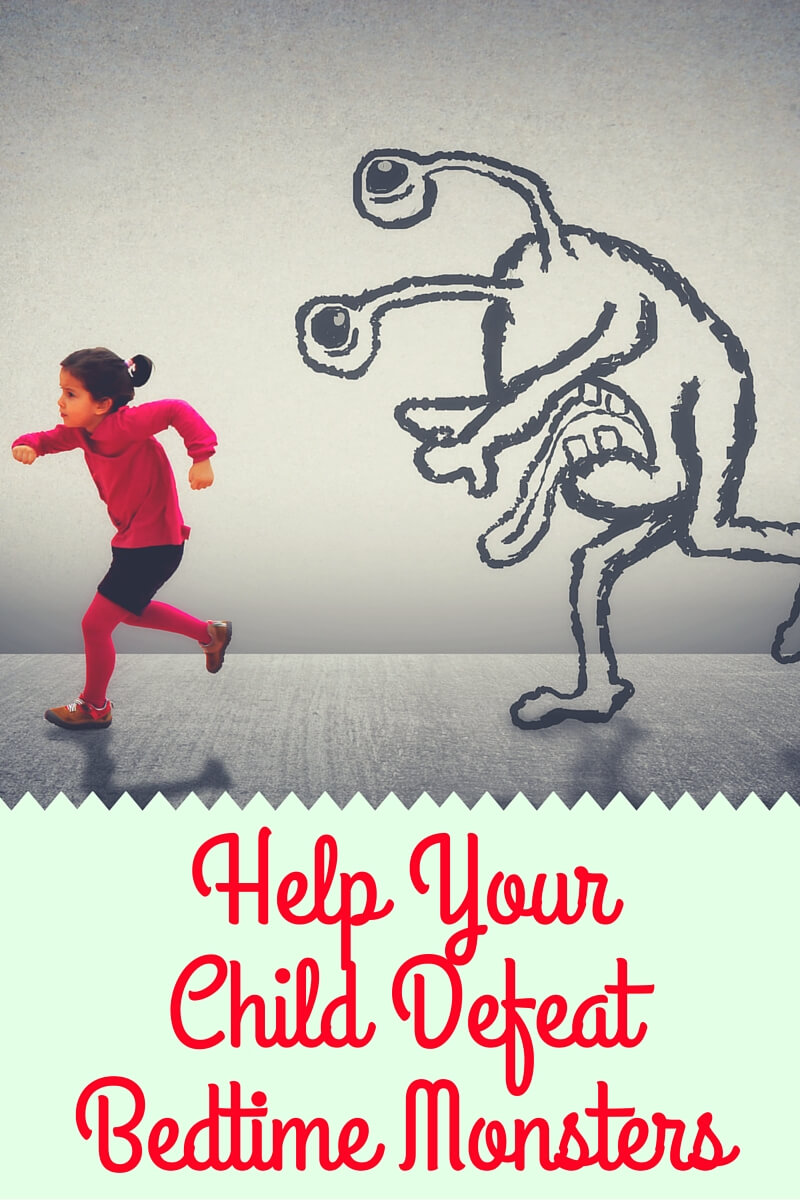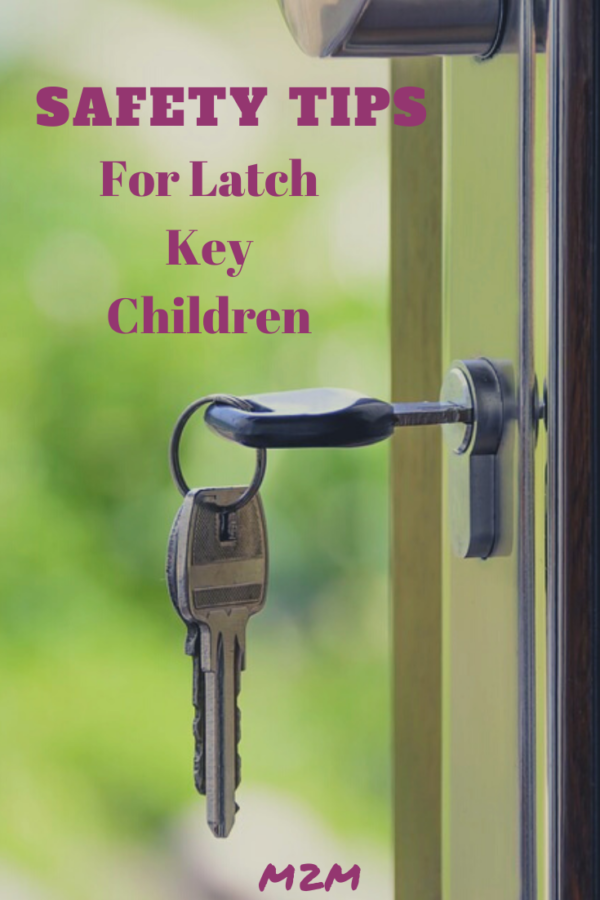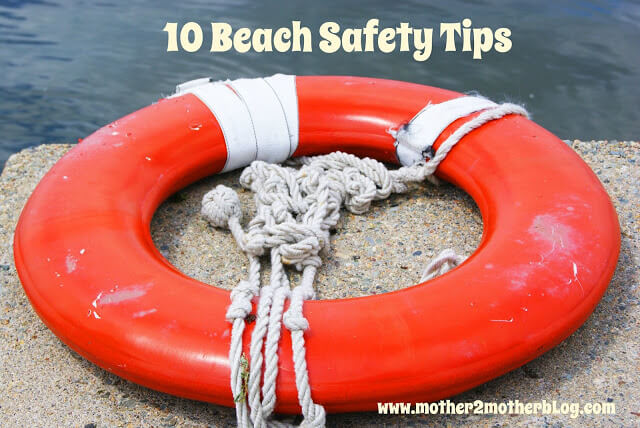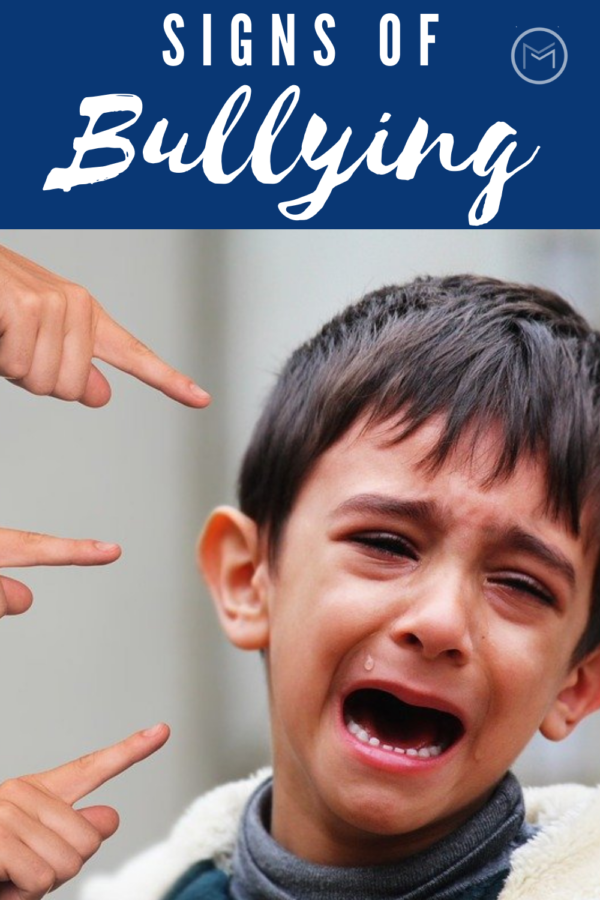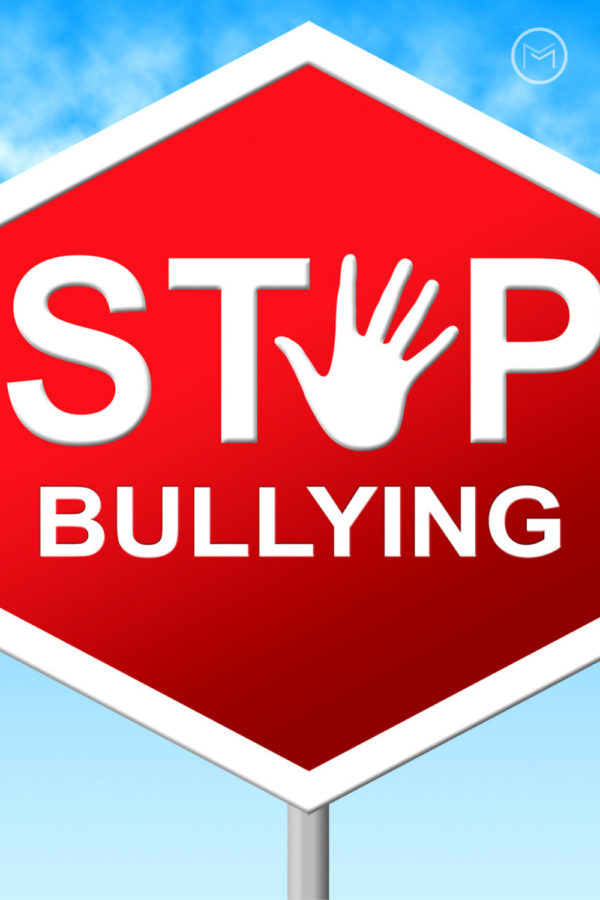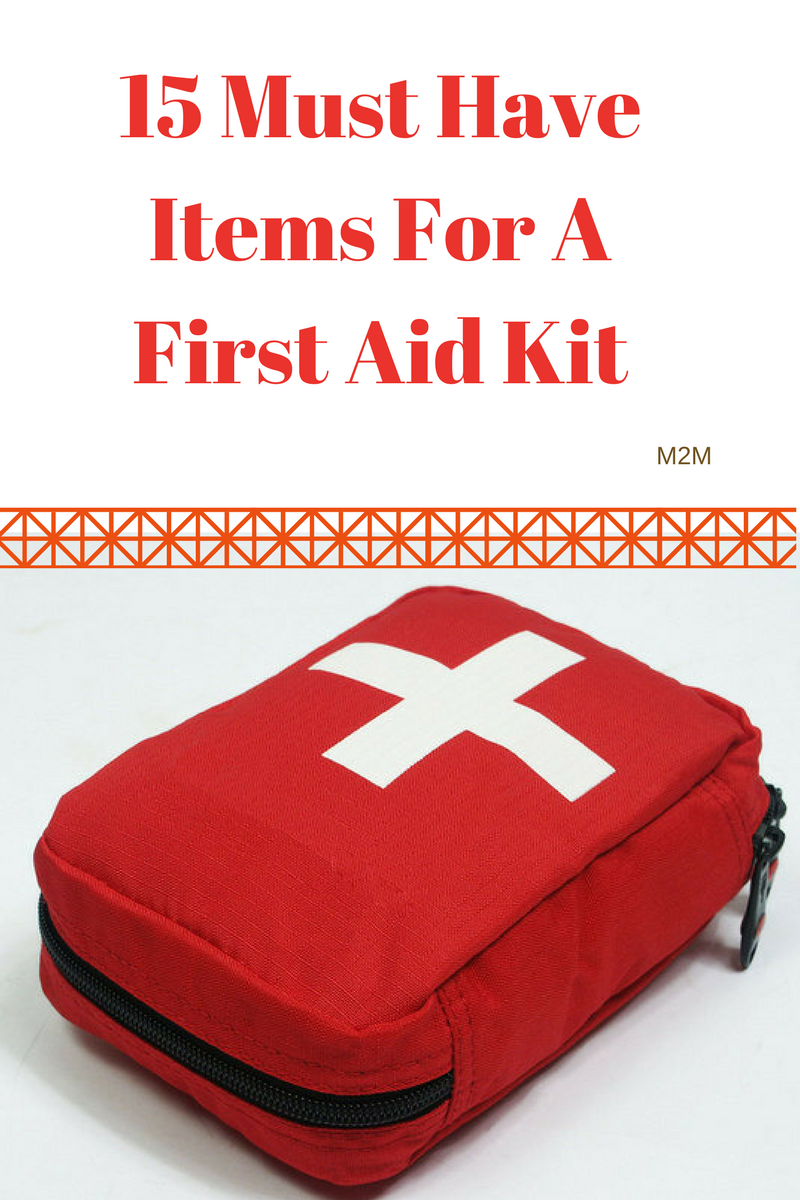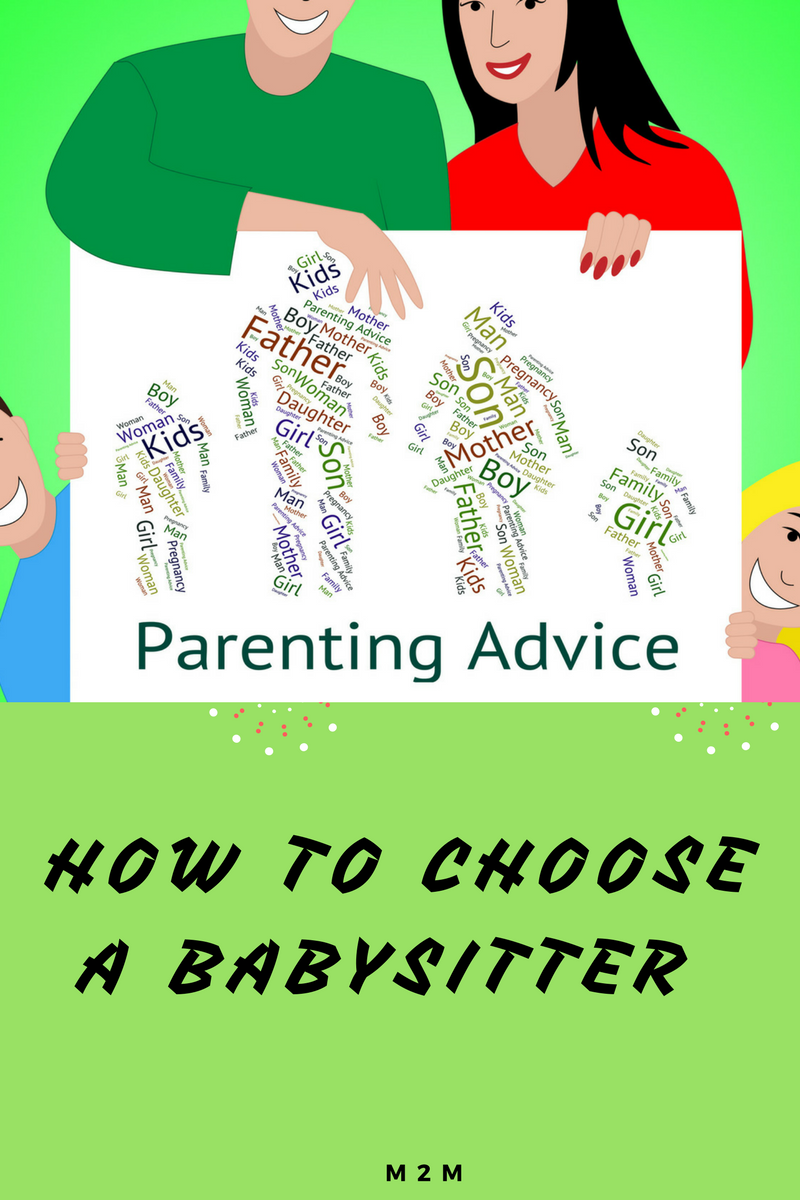
Every parent needs a break or a night on the town. Even so, you still want to protect your child while you’re gone. Hiring the right babysitter is critical. Otherwise, you’ll spend the evening worrying about the safety of your kid and not enjoying yourself. Here’s a guide on how to choose a babysitter you can trust.
Ask for References
You don’t want a babysitter to learn on the job, especially not with your children. You want someone with lots of experience. When you advertise that you’re looking for a reliable babysitter, you should list your expected criteria. After all, you’re an employer hiring someone for a job.
Potential workers will understand the necessity of this action, and the best ones will have a ready list of references. You should check a site like Care.com, as the best babysitters will have profiles complete with user reviews. Obviously, you should only consider babysitters with strong reviews. How to choose a babysitter should start with a strong emphasis on references.
When you ask for references, request at least two. You should favor someone with more than that, though. Someone with a lot of references has proven they’re capable of engaging with all types of children. That’s the person you want for the job. Note that they may charge more, but you should think of the extra money as insurance. You won’t stress about your babysitter if you trust the person.
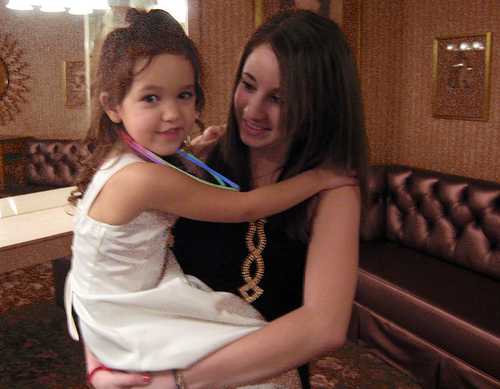
Set Up a Meeting
Of course, even the best babysitters will struggle with some children. Your kid may act too boisterous with strangers, making the gig feel too stressful for your new worker. Alternately, you may have a shy child who doesn’t open up easily with strangers. That’s not good, either. Your child will feel like you’re punishing him or her any time that you leave him or her with the babysitter.
To avoid these potential issues, you want to set up an introductory meeting. Watch how your child reacts when he or she is in the presence of the babysitter. Does he or she look comfortable and engaged, or is he or she behaving abnormally? Also, pay attention to your own interactions with the babysitter. You don’t want to invite someone you can’t stand into your home. Your happiness is important, too.
You should know rather quickly whether the introduction is going well. When it’s not, you’re well within your rights to cut it short. You won’t hire a babysitter your child doesn’t like, so don’t waste the worker’s time. Alternately, when your kid likes the babysitter, you can close the deal and begin to negotiate rates.
Perform a Background Check
While you might trust someone based on his or her references and introduction, you still need to do your homework. A failure to perform due diligence endangers your child, and you can even be guilty of a crime in some states if you allow a sex offender to care for your child. The statistics about sex offenders posing as babysitters are scary. You want to approach the situation professionally. Perform a background check to verify that a babysitter isn’t a sex offender. This single step will give you piece of mind.
Hiring the right babysitter requires some parental consideration and effort. By using the tips on how to choose a babysitter, you will eventually settle on the perfect person for your kids.
